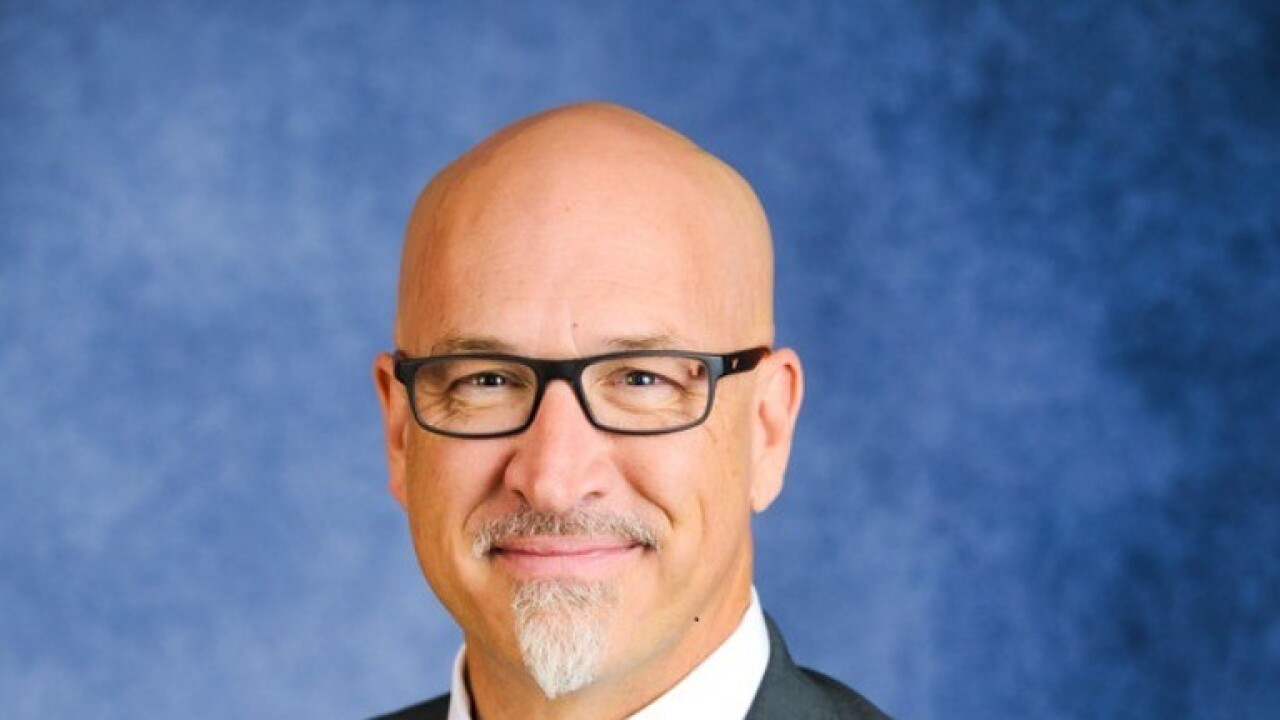What if employees could
The employer-facing product intends to help organizations recreate an in-person culture in a remote world. Virtual offices — complete with cubicles, break rooms and conference rooms — are built to welcome employees’ avatars,
“We all love remote work, but I think it's become universally understood that it’s missing something,” says Flo Crivello, founder and CEO of Teamflow. “It has become harder to collaborate, harder to be social with people. The whole thing has become very formal and transactional.”
Read More:
With Teamflow, employees can revisit some of those long-lost habits that used to
“You do find yourself having a lot of interactions that simply wouldn't happen otherwise,” Crivello says. “There is
Teamflow is also focused on solving for proximity bias, which is the idea that employees with closer physical proximity to their team and company leaders will be perceived as more valuable than their remote counterparts.
Read More:
“We’re offering the same modalities of collaboration to people who are remote as the people who are physically and centrally located,” he says. “And the impact is threefold — it’s gonna have an impact on retention, on [employee] development and on diversity.”
Platforms like Teamflow combine
“Nobody likes to feel like they're being left behind,” he says. “[Neglected remote employees] are going to leave your company in favor of one where they don’t feel like they’re being left behind when the tools to help them grow get exposed to these decisions and these conversations that are happening in the office are available.”






